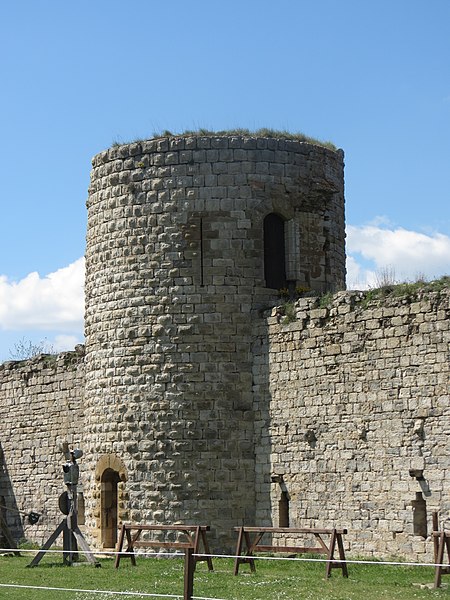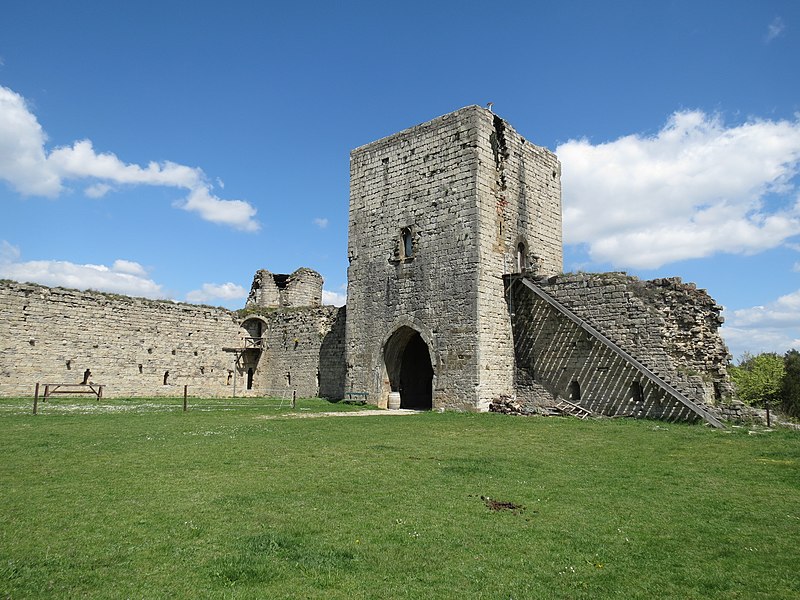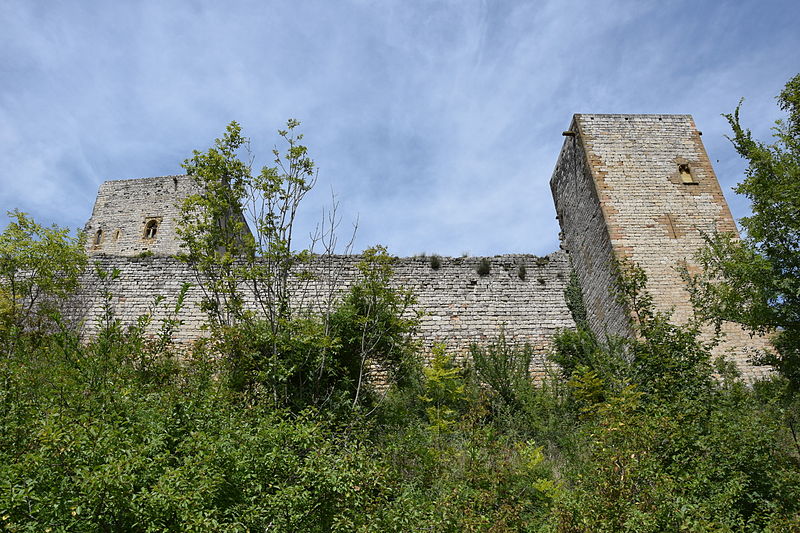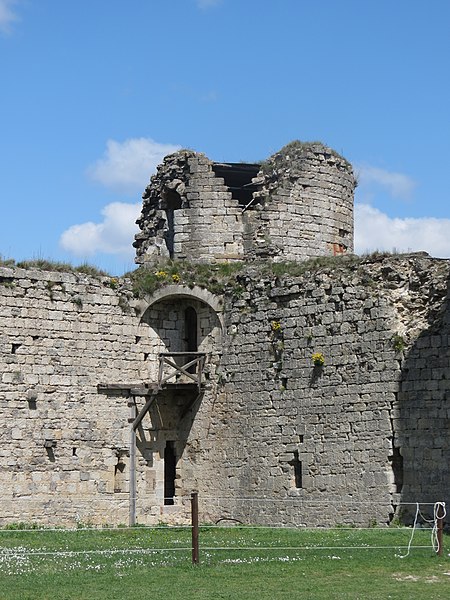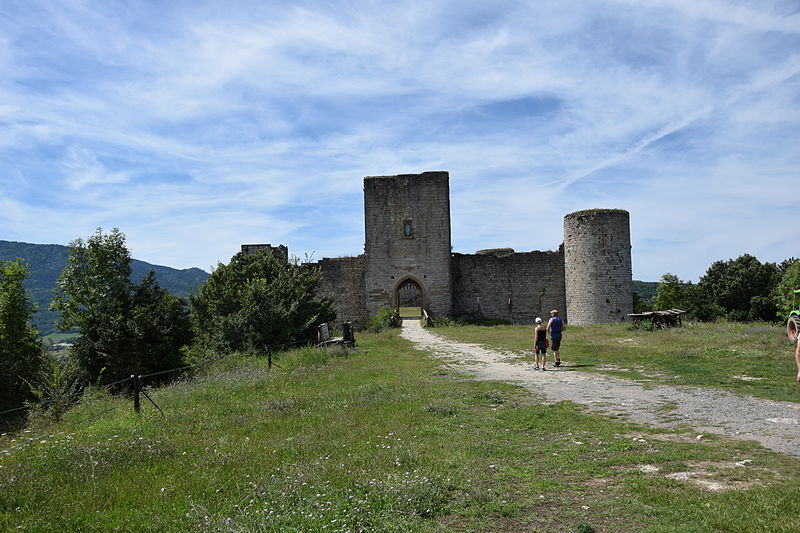Château de Puivert, Puivert
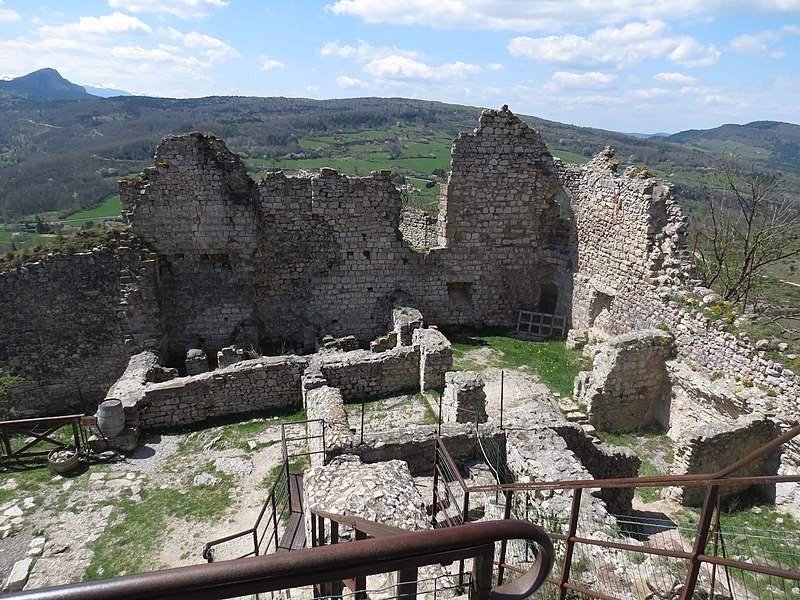
Facts and practical information
Nestled in the rolling foothills of the French Pyrenees lies the majestic Château de Puivert, a historical gem steeped in medieval charm. This castle, located in the quaint town of Puivert, France, offers a glimpse into the past with its imposing structure and rich heritage.
Constructed in the 12th century, Château de Puivert was initially designed as a fortress and has withstood the test of time, bearing witness to the region's tumultuous history. The castle's architecture is a testament to the military might of medieval France, featuring robust defensive walls and a dominating keep that once served as a watchtower over the surrounding countryside.
Today, Château de Puivert is renowned for its cultural significance, particularly its association with the troubadours, medieval poets and musicians who played a pivotal role in the development of courtly love songs. The castle's Minstrels' Gallery, adorned with sculptures depicting musicians, pays homage to this artistic legacy and is a must-see for visitors interested in the cultural history of the Languedoc region.
The castle's grounds are open to tourists, inviting exploration of its towering ramparts and stately rooms. From the battlements, visitors can enjoy breathtaking panoramic views of the verdant landscape that stretches to the horizon. The serene setting of Château de Puivert makes it an ideal stop for those seeking a peaceful retreat from the hustle and bustle of modern life.
While the castle may not boast the opulent furnishings of some of France's more famous châteaux, its simplicity and authenticity provide a more intimate look into the lives of the medieval nobility. History enthusiasts and casual tourists alike will appreciate the opportunity to walk the same stone floors that once echoed with the footsteps of knights and troubadours.
Château de Puivert – popular in the area (distance from the attraction)
Nearby attractions include: Lac de Montbel, Musée du Quercob, Town Hall, St. Peter's Church.


